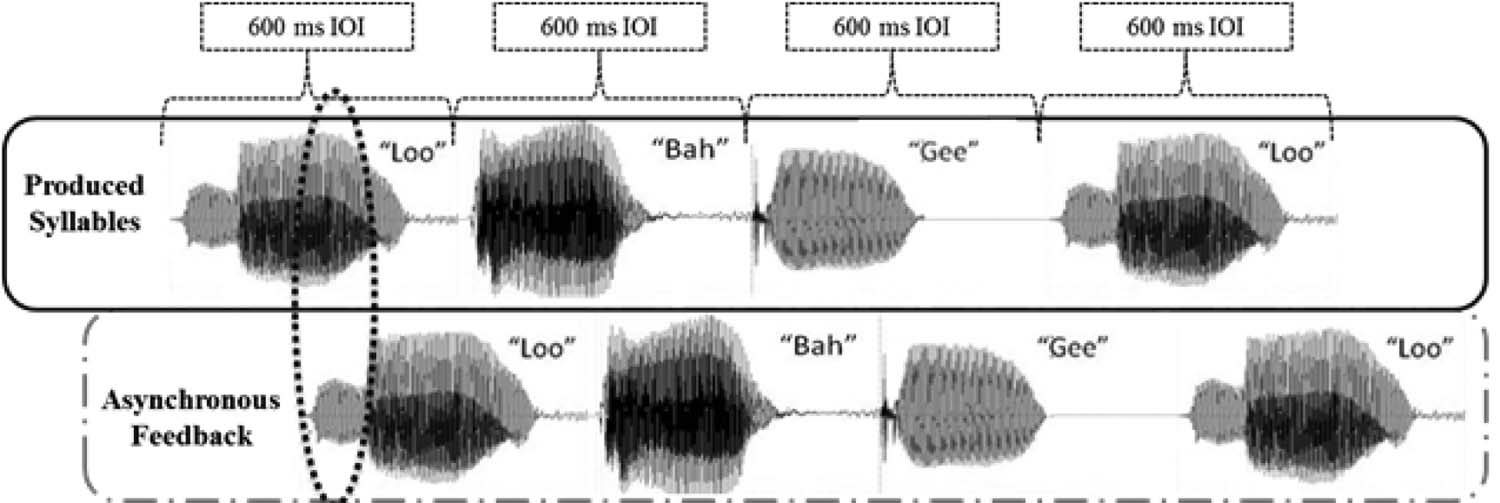How do we use the sounds we create as we sing a song, tap a rhythm on the table, or speak? This line of research explores the relationships between the produced actions in music performance (e.g., key presses on a piano) and the auditory pattern that results from these actions (auditory feedback). The general paradigm involves altering various characteristics of auditory feedback during performances, including the production of melodies or sentences.
Theoretical goals of this research include a better understanding of the way people use auditory feedback when communicating meaningful sequences, the degree to which perception and production use a common representation, and the degree to which perceptual feedback guides movement.
Applied goals include a better understanding of perception/production related disorders (e.g. stuttering), the kinds of acoustic environments that can prove disruptive to performance and how to counteract such situations, sources of difficulty in ensemble performance, and the design of new electronic instruments that foster compatible human/machine interactions.

